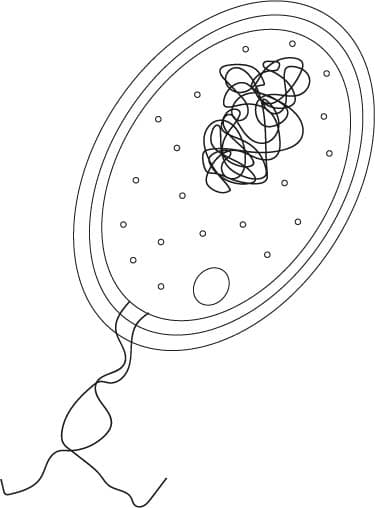Sexually transmitted infections
I can describe examples of common sexually transmitted infections in humans and ways to reduce their spread.
Sexually transmitted infections
I can describe examples of common sexually transmitted infections in humans and ways to reduce their spread.
These resources will be removed by end of Summer Term 2025.
Lesson details
Key learning points
- Some pathogens are spread by direct contact, or transfer of body fluids, during sexual activity.
- Gonorrhoea and chlamydia as examples of common sexually transmitted infections caused by bacteria.
- Ways to prevent the spread of gonorrhoea and chlamydia, and issues in treating them (including resistance).
- HIV as an example of a common sexually transmitted infection caused by a virus, and ways to prevent the spread.
- Effects of AIDS on the body, increased risk of other diseases (inc. TB), and management of progression in HIV+ people .
Keywords
Sexually transmitted infection - A communicable disease that is spread through sexual activity.
Contraception - A way of preventing pregnancy.
Barrier method - A form of contraception that prevents pregnancy by blocking the sperm reaching the egg, and can also stop the spread of sexually transmitted infections.
Common misconception
HIV and AIDS are the same thing.
HIV is the virus and AIDS is a consequence of late-stage HIV infection.
To help you plan your year 10 biology lesson on: Sexually transmitted infections, download all teaching resources for free and adapt to suit your pupils' needs...
To help you plan your year 10 biology lesson on: Sexually transmitted infections, download all teaching resources for free and adapt to suit your pupils' needs.
The starter quiz will activate and check your pupils' prior knowledge, with versions available both with and without answers in PDF format.
We use learning cycles to break down learning into key concepts or ideas linked to the learning outcome. Each learning cycle features explanations with checks for understanding and practice tasks with feedback. All of this is found in our slide decks, ready for you to download and edit. The practice tasks are also available as printable worksheets and some lessons have additional materials with extra material you might need for teaching the lesson.
The assessment exit quiz will test your pupils' understanding of the key learning points.
Our video is a tool for planning, showing how other teachers might teach the lesson, offering helpful tips, modelled explanations and inspiration for your own delivery in the classroom. Plus, you can set it as homework or revision for pupils and keep their learning on track by sharing an online pupil version of this lesson.
Explore more key stage 4 biology lessons from the Health and disease unit, dive into the full secondary biology curriculum, or learn more about lesson planning.

Content guidance
- Depiction or discussion of mental health issues
- Depiction or discussion of sexual content
Supervision
Adult supervision required
Licence
Starter quiz
6 Questions

virus
bacteria
fungus
protist
Exit quiz
6 Questions



